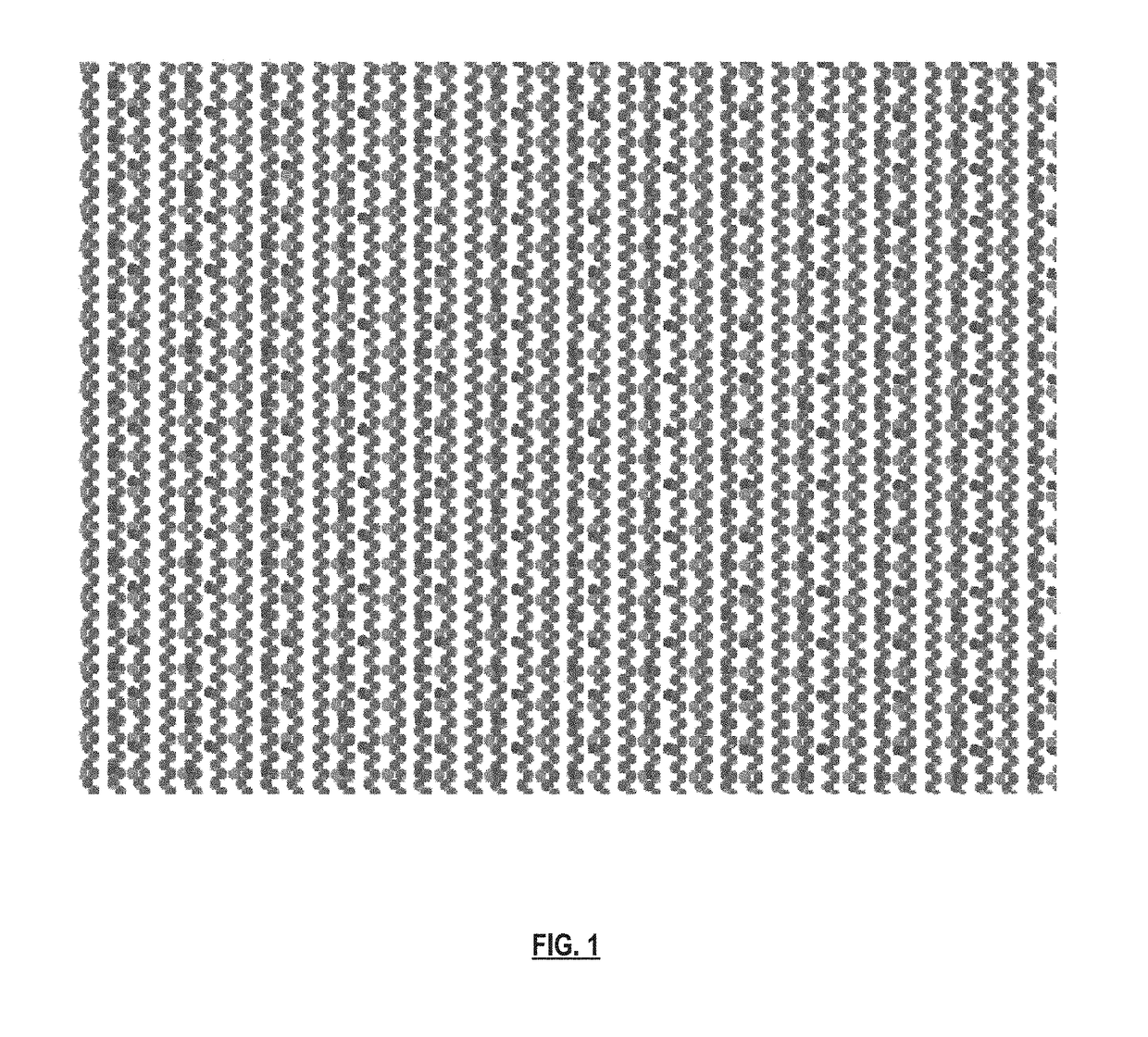Efficient Lattice Kinetic Monte Carlo Simulations for Epitaxial Growth
- Summary
- Abstract
- Description
- Claims
- Application Information
AI Technical Summary
Benefits of technology
Problems solved by technology
Method used
Image
Examples
Embodiment Construction
[0036]Conventional models for simulating epitaxial growth (e.g., References [1, 2]) represent the growth material atomistically and reproduce every single atom in the sample following the crystalline structure. That is, a realistic lattice structure is chosen (such as diamond crystal, for silicon or germanium materials), and an atom is placed at each node in the lattice. Then, the models assign different rates to the incorporation of new atoms or to surface reactions in general, following an Arrhenius function:
v=v0·exp(-EakBT),(Equation1)
where v is the frequency of the event, v0 is a prefactor, Ea is an activation energy kB is Boltzmann's constant, and T is temperature. For example, v may be the per-site frequency at which a gaseous state atom deposits as solid at a particular empty crystal site in a gaseous phase epitaxial growth process, or the per-site frequency at which a liquid state atom attaches at a particular empty crystal site in a liquid phase epitaxial growth process, or...
PUM
 Login to View More
Login to View More Abstract
Description
Claims
Application Information
 Login to View More
Login to View More - R&D
- Intellectual Property
- Life Sciences
- Materials
- Tech Scout
- Unparalleled Data Quality
- Higher Quality Content
- 60% Fewer Hallucinations
Browse by: Latest US Patents, China's latest patents, Technical Efficacy Thesaurus, Application Domain, Technology Topic, Popular Technical Reports.
© 2025 PatSnap. All rights reserved.Legal|Privacy policy|Modern Slavery Act Transparency Statement|Sitemap|About US| Contact US: help@patsnap.com



